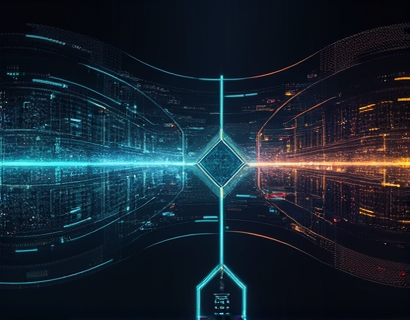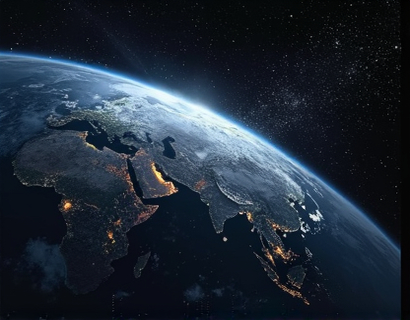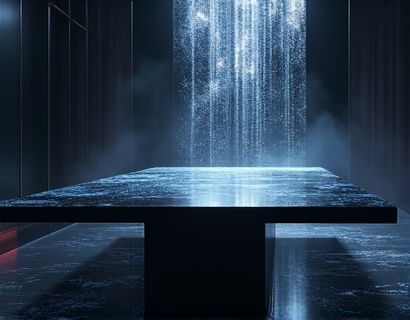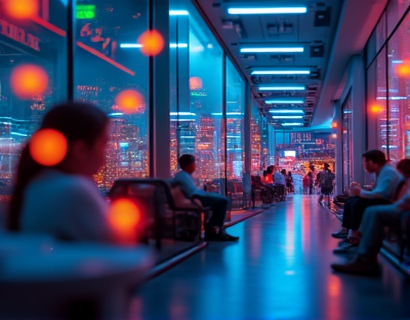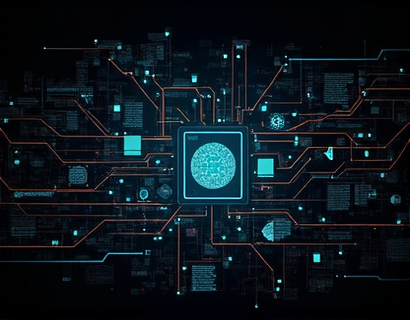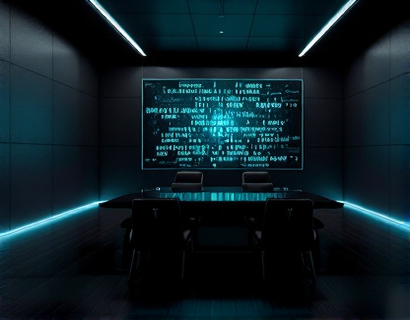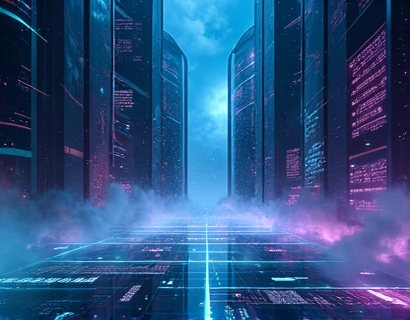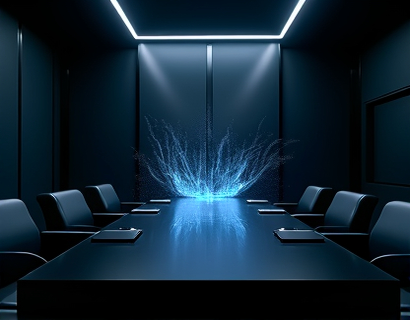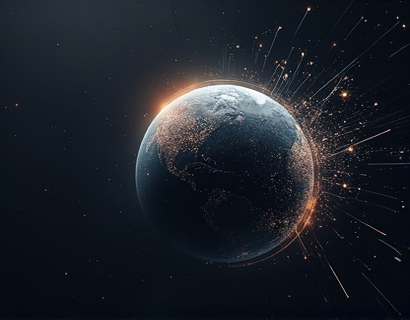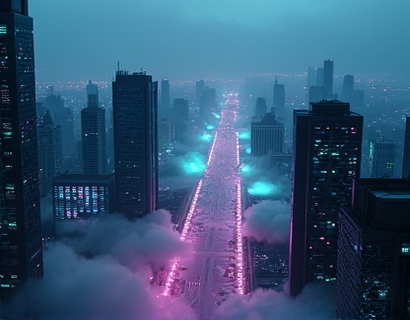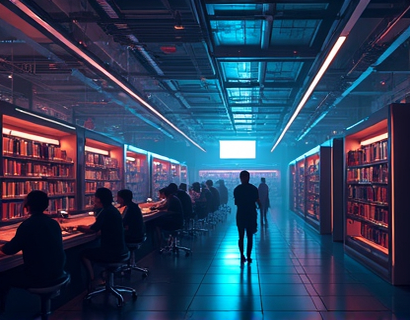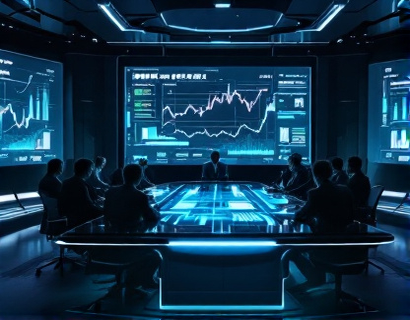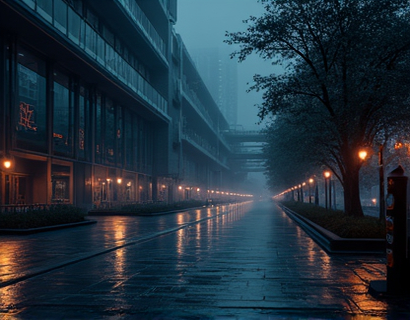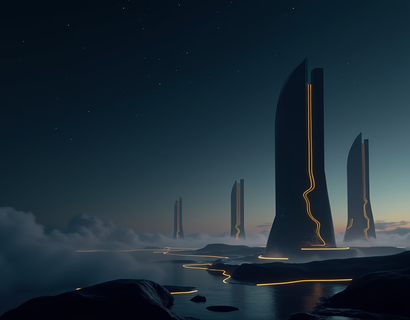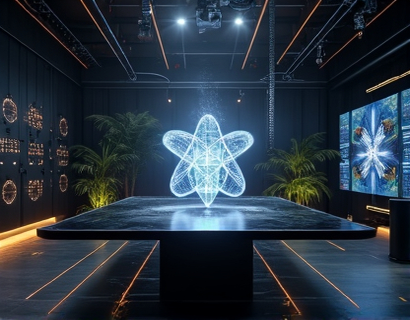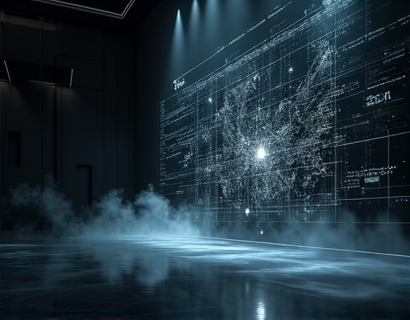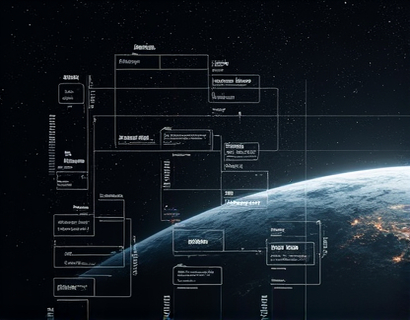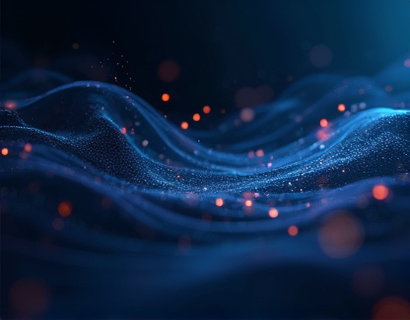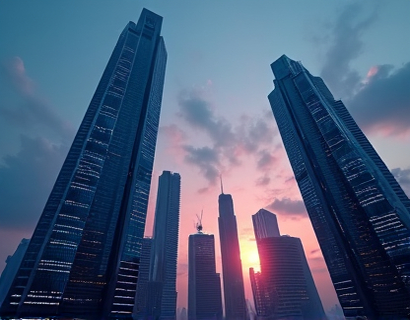Exploring Collaborative Digital Creations: A Journey Through Ucosystem and Universe Innovations
The digital age has ushered in a new era of creativity and innovation, where the boundaries of traditional content creation are constantly being pushed and redefined. At the forefront of this revolution is the collaborative digital creation space, a realm where technology and imagination converge to produce groundbreaking content. This comprehensive guide delves into the dynamic world of cooperative digital storytelling, highlighting the latest advancements and inspiring examples from the Ucosystem and Universe innovations. Whether you are a digital content enthusiast or a professional in the field, this journey promises to offer valuable insights and a glimpse into the future of shared creation.
The Rise of Collaborative Digital Platforms
The concept of collaborative digital creation is not new, but recent advancements in technology have significantly enhanced its potential. Platforms like the Ucosystem and Universe have emerged as pivotal hubs for digital visionaries to come together, share ideas, and co-create innovative content. These platforms leverage cutting-edge tools and technologies to facilitate seamless collaboration, enabling creators from diverse backgrounds to contribute their unique perspectives and skills.
The Ucosystem, for instance, is a vibrant community that fosters creativity through a network of interconnected tools and services. It provides a rich environment where artists, writers, designers, and developers can collaborate in real-time, breaking down silos and fostering a culture of shared innovation. Similarly, Universe offers a robust platform for creators to build and share immersive experiences, from interactive stories to virtual reality environments. These platforms are not just about creating content; they are about building communities that drive the next wave of digital innovation.
Case Studies: Pioneering Collaborative Projects
To better understand the potential of collaborative digital creation, let's explore some notable projects that have emerged from these platforms. These case studies illustrate the power of cooperation and the boundless possibilities that arise when creative minds come together.
Project A: An Immersive Narrative
One standout project is an immersive narrative that combines elements of interactive storytelling, virtual reality, and augmented reality. A team of writers, designers, and technologists collaborated to craft a story that unfolds across multiple platforms, allowing audiences to engage with the narrative in various ways. The project began with a compelling script, which was then brought to life through detailed 3D environments and interactive elements. Viewers could influence the story's progression through their choices, creating a unique experience with each interaction. This project not only showcases the technical prowess of the team but also highlights the importance of user engagement in modern digital storytelling.
Another aspect of this project was the use of data analytics to track viewer interactions and preferences. This feedback loop allowed the creators to refine the experience, ensuring it resonated with the audience. The success of this project demonstrates the value of collaborative efforts in creating content that is both innovative and audience-driven.
Project B: A Multi-Sensory Experience
Another remarkable example is a multi-sensory experience that integrates sound, visuals, and haptic feedback to create an immersive environment. A group of sound designers, visual artists, and haptic technology experts joined forces to develop an installation that transports viewers into a new dimension. The project required meticulous coordination and a deep understanding of each discipline's capabilities and limitations.
The sound design was crafted to complement the visual elements, with specific audio cues triggering haptic feedback to enhance the sensory experience. This level of integration is a testament to the power of collaboration, as each team member's expertise was essential to the project's success. The resulting experience was not only visually stunning but also deeply engaging, leaving a lasting impression on all who participated.
Project C: A Community-Driven Art Installation
A community-driven art installation is another inspiring example of collaborative digital creation. This project brought together artists, programmers, and community members to create a dynamic art piece that evolves based on user input. The installation uses machine learning algorithms to analyze and respond to the interactions of those who engage with it, creating a unique and ever-changing artwork.
The process began with a brainstorming session where all participants contributed ideas and concepts. The artists designed the visual elements, while the programmers developed the underlying algorithms. Community members were then invited to contribute their own inputs, becoming active participants in the creative process. This project not only showcases the technical aspects of collaborative creation but also emphasizes the importance of community involvement in shaping the final product.
Key Elements of Successful Collaborative Projects
Examining these projects reveals several key elements that contribute to their success. Effective communication, clear roles and responsibilities, and a shared vision are fundamental to any collaborative effort. Technology plays a crucial role, providing the tools and platforms necessary for seamless cooperation. However, the human element—creativity, empathy, and a willingness to learn from one another—remains the driving force behind these innovative projects.
One of the most significant advantages of collaborative digital creation is the diversity of perspectives it brings. When creators from different backgrounds and disciplines come together, they bring a wealth of knowledge and experience that can lead to breakthrough ideas and solutions. This diversity fosters a culture of innovation, where conventional boundaries are challenged, and new possibilities are explored.
Another critical factor is the use of advanced technologies that facilitate collaboration. Cloud-based tools, real-time editing capabilities, and integrated communication platforms make it easier than ever for teams to work together, regardless of their physical location. These technologies not only streamline the creative process but also open up opportunities for global collaboration, allowing creators to tap into a broader pool of talent and ideas.
The Future of Collaborative Digital Creation
As we look to the future, the potential for collaborative digital creation continues to expand. Emerging technologies such as artificial intelligence, blockchain, and quantum computing are poised to revolutionize the way we create and interact with digital content. AI, for example, can automate repetitive tasks, allowing creators to focus more on the creative aspects of their work. Blockchain technology can ensure the authenticity and ownership of digital assets, providing a secure and transparent framework for collaboration.
Moreover, the rise of decentralized platforms is changing the landscape of digital creation. These platforms empower creators to maintain control over their work while still benefiting from the collective wisdom of a global community. The future of collaborative digital creation is not just about producing content; it's about building ecosystems that support continuous innovation and growth.
As the demand for interactive and immersive content grows, the importance of collaborative digital creation will only increase. Creators who embrace this approach will be well-positioned to lead the next wave of digital innovation, creating experiences that captivate and inspire audiences around the world.
Conclusion
The journey through the world of collaborative digital creation, as exemplified by the Ucosystem and Universe innovations, is a testament to the power of cooperation and technological advancement. These projects not only push the boundaries of what is possible but also inspire a new generation of creators to explore the intersection of art and technology. As we continue to navigate this exciting frontier, one thing is clear: the future of digital content is bright, collaborative, and endlessly imaginative.






